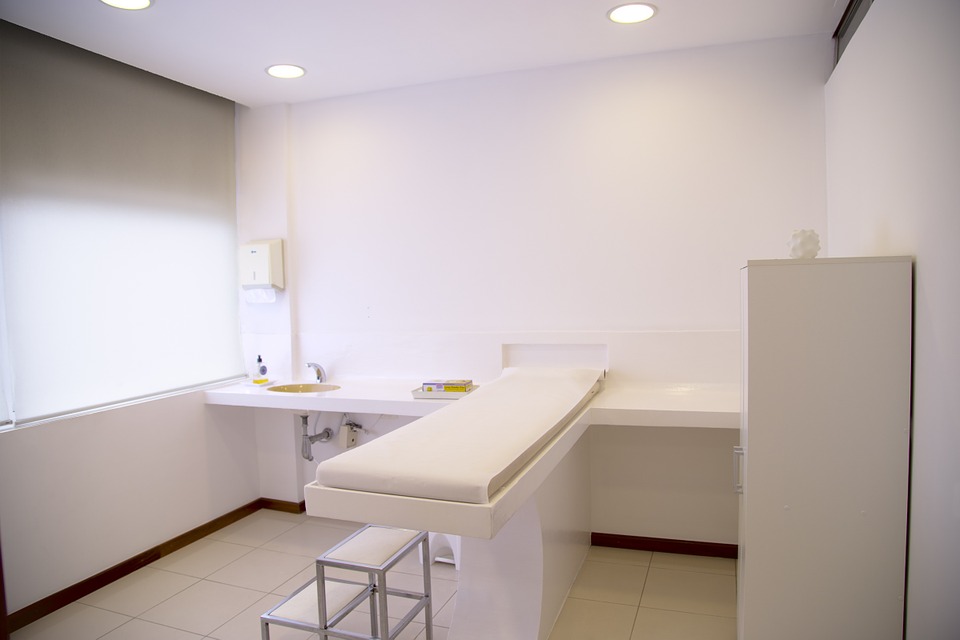
Accountable Care Organizations (ACOs) in the Medicare Shared Savings Program (MSSP) encourage health care providers to deliver high-quality care while keeping their spending below a target based on their historical spending. Providers in rural and underserved areas can struggle as ACOs to develop new ways to improve care and finance infrastructure investments. The ACO Investment Model (AIM) was created by the Center for Medicare and Medicaid Services (CMS) to support expansion of the MSSP into rural and underserved areas. Through AIM, financial support is available to MSSP ACOs through prepayment of shared savings.
In the New England Journal of Medicine researchers at Abt Associates Matthew J. Trombley, PhD, Betty Fout, PhD, and Sasha Brodsky, PhD, Harvard Medical School Warren Alpert Foundation Professor of Health Care Policy J. Michael McWilliams, MD, PhD, health insurance specialist at the Center for Medicare and Medicaid Services David J. Nyweide, PhD, and senior researcher at L&M Policy Research Brant Morefield, PhD, investigated the effects of the AIM model on measures of spending and utilization in the first year of implementation. The team used Medicare data to compare changes in outcomes from the baseline period (2013 through 2015) to the performance period (2016) among patients enrolled in AIM ACOs vs. control groups of patients in the same areas.
The study found that in the first year, participation in AIM resulted in a $10.46 net reduction in Medicare spending per beneficiary, amounting to an estimated $48.6 million net savings for CMS after accounting for prepayments and shared-savings bonuses paid by CMS. Reductions in hospitalizations, use of hospital outpatient care, and use of post-acute care contributed to the spending decrease.
The results from this study suggest that ACOs can be successful in rural or underserved areas with additional investments.